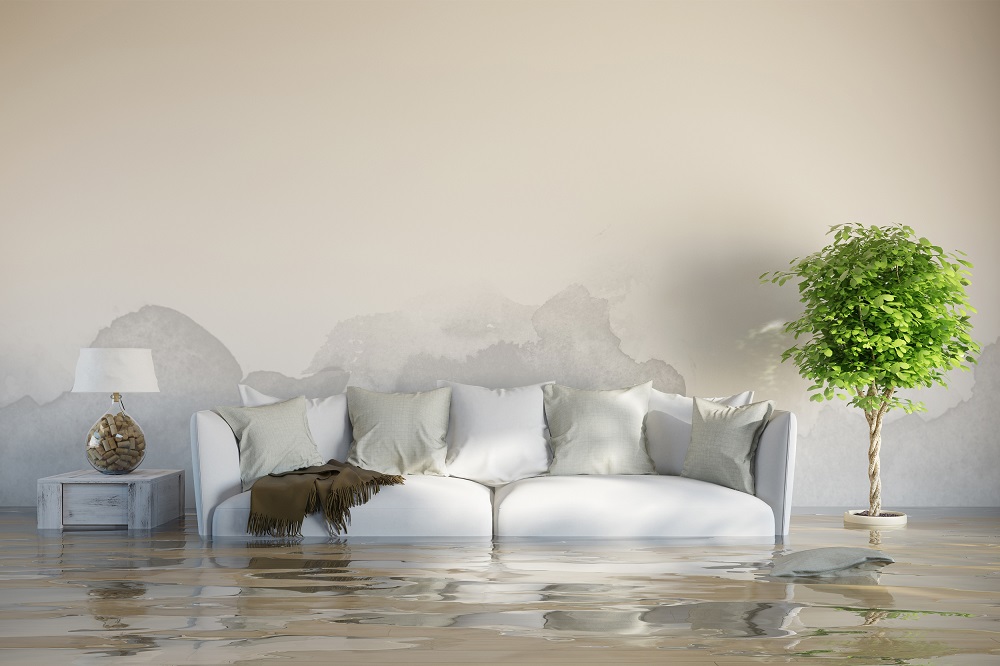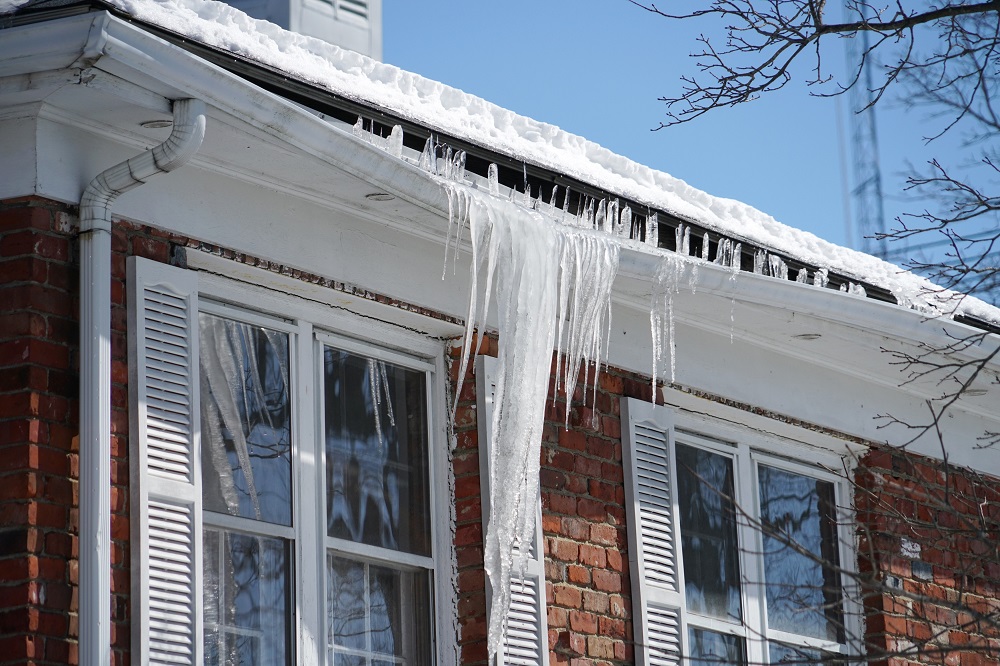When the average person thinks about flooding in the home, natural disasters like spring floods or powerful summer storms may come to mind. Few people expect to experience flooding in the wintertime, but flooding can still be an issue even when the temperatures have plummeted. In fact, there are a few causes of residential and commercial flood damage that can only occur in the winter, thus putting your home and property at risk.
Any flooding event, whether caused by adverse weather events or household emergencies, can inflict significant damage on your home or business. That’s why it’s important that immediately after a flood event, you seek the assistance of a service providing flood damage restoration in Fenwick Island, DE. But what factors can cause your home to experience water damage during the winter months? Read here to find out more about the causes of winter flooding and how you can avoid them and prevent the need for flood restoration work.
Ruptured Pipes
One of the most common sources of water damage during the winter months is damage to the plumbing caused by falling temperatures. To understand this dynamic, you need only to understand what happens to water when it freezes into a solid state. Simply put, it expands. While that may not be an issue under some circumstances, it becomes a problem when pipes full of freezing water expand beyond the capacity of the pipes to contain them. The result is ruptured water lines that will begin to spill forth water as soon as the temperatures warm above freezing, and the water begins to flow again. Some frozen pipes create obvious messes and can be remedied before the damage becomes too great. However, if the frozen pipe is leaking in a wall or slab, you may not notice it until considerable water damage has occurred.
Heavy Snowfall and Variable Temperatures
During the winter months, floods can evolve quickly and create considerable destruction to homes and businesses. Winter storms can dump feet of snow in a location, which will accumulate into large drifts while the temperatures remain low. However, once the temperatures bounce back above the freezing mark, that snow will melt and unleash a torrent or water that can easily overwhelm drainage systems meant to handle heavy rains. Drifted snow could represent several heavy rains’ worth of water, which is all released at once. It’s easy to see how localized flooding can strike when the winter temperatures are variable, and snowfall is heavy. On a grander scale, larger thaws can cause local rivers and streams to become overwhelmed, which can result in floods that can quickly overtake homes and businesses.

Ice Dams
In areas that receive a lot of snow, a common cause of water damage and small-scale flooding is a phenomenon known as the ice dam. Because of the shape of the roof, the rooftop is more exposed to sunlight and warmth. As a result, the snow on the roof’s peak may melt and begin to trickle towards the edge, only to refreeze and begin to amass just above the eave. There, it forms an ice dam, or raised ridge of refrozen snow. The roof is designed to allow water to run off quickly to prevent it from penetrating the roof surface, but ice damns prevent that from happening. That leads to puddling on the roof surface, which almost always results in a leak.
Winter flooding risks exist, as there are several dynamics that can conspire to set the stage for water damage in your home or business. To learn more about the causes of flood damage during the winter months, contact United Restoration at (443) 727-3307.


Recent Comments